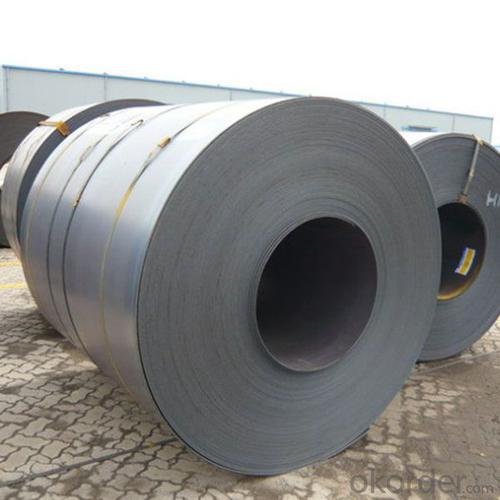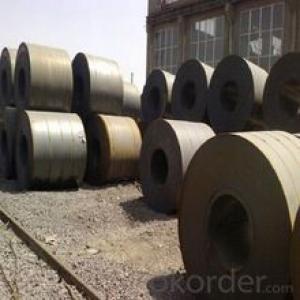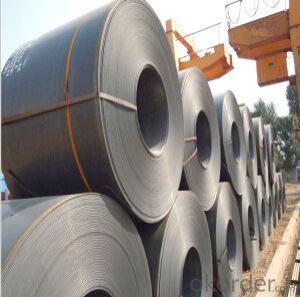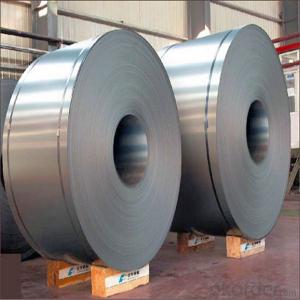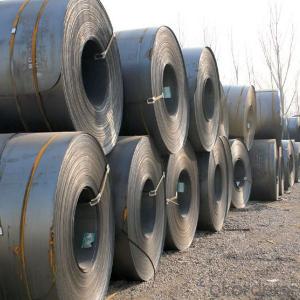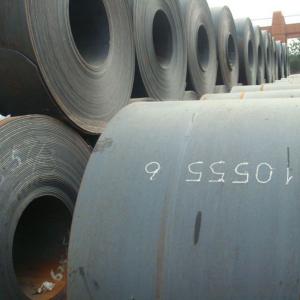Hot Rolled Steel Coils SS400 for Wholesale
- Loading Port:
- China main port
- Payment Terms:
- TT OR LC
- Min Order Qty:
- 28 m.t.
- Supply Capability:
- 10000000 m.t./month
OKorder Service Pledge
OKorder Financial Service
You Might Also Like
Specification
DESCRIPTION FOR SS400 CARBON STEEL SHEET
DESCRIPTION:
GRADE: SS400, ASTM A36, A572, ST37,ST52, Q195, Q215, Q235,Q345, S235JR etc.
STANDARD: GB/T709-2006, ASTM A36, JIS G3101, DIN EN 10025, SAE 1045, ASTM A570
SPEC: 1)Width: 600-2500mm or 1000,1050,1250,1500,1800,2000mm
2)Thickness:1.5mm-200mm or as customers’ special requirements;
3)Length: 2-12m or as customers’ special requirements
TRADE TERMS :FOB, CFR, CIF
PACKING:
1.Big thickness:by bulk vessel
2.Small thickness:packed by steel strips and shipped by container
3.According to the requirements of customers'
PICTURES:
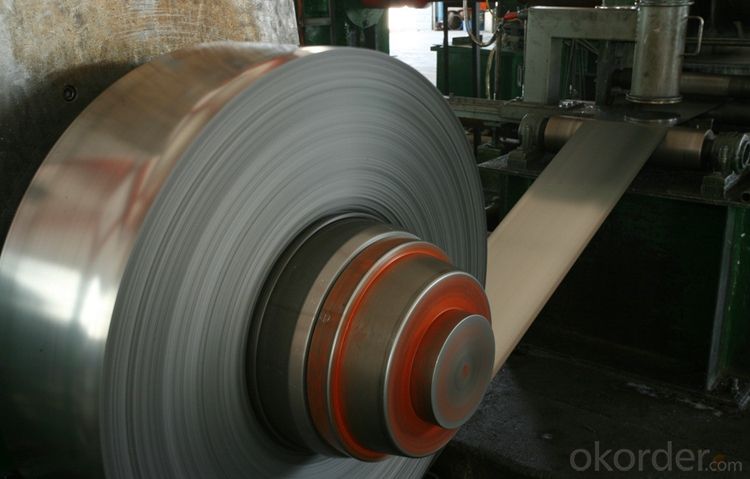
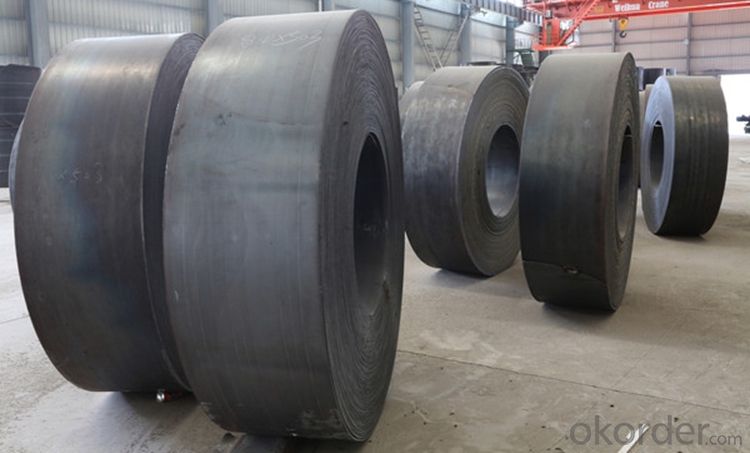
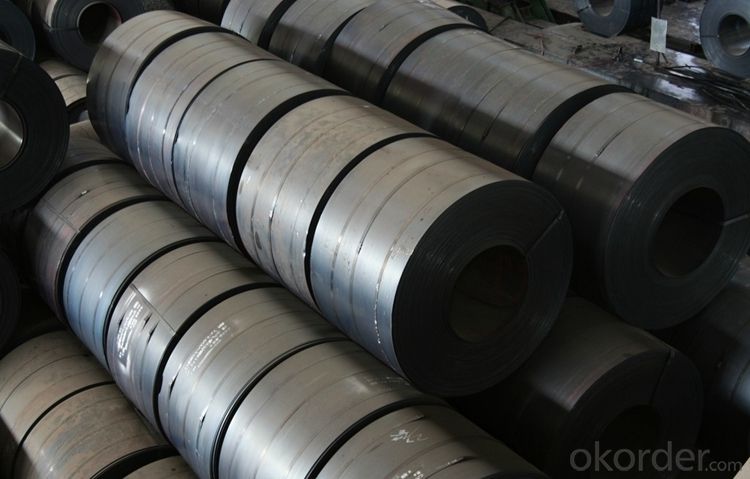
FAQ:
1.Q:You are Factory or Trading Company?
A:We are factory,our main products include Steel plate,Steel Bar,Steel coils.
2.Q:What’s the MOQ?
A:Generally,the trail order will be accepted.The MOQ can be confirmed according to the different products.For example,the MOQ of rebar will be 25-50MT,the galvanized steel pipe will be 10MT,the stainless steel pipe will 1-5MT.
3.Q:Do you have OEM service?
A: Yes.Variety of products size,quality and quantity can be customized according to your need.
4.Q:Could you support free sample?
A:Yes.We can supply FREE samples.But the delivery charges will be covered by our customers.
5.Q:How about the delivery time?
A:Within 15-30days after receiving the deposit or L/C at sight.
- Q: What is the (balanced) chemical equation for steel?
- Steel is about 5% carbon and about 89 % iron, the rest is impurities of all sorts That is considered low carbon steel There are precise formulas for other steels like High Speed Steel, High Tensile low carbon, and thousands of other steels. Specialty steels are a big business item with thousand of tons sold each year for specialty applications.
- Q: How are steel coils used in the production of electrical motors?
- Steel coils are used in the production of electrical motors as the core component of the motor's electromagnet. The coils are wound around an iron core to create a magnetic field when electricity flows through them. This magnetic field interacts with other components in the motor to generate mechanical power, allowing the motor to function efficiently.
- Q: What are the different types of corrosion protection methods used for steel coils?
- There are several types of corrosion protection methods used for steel coils. These include applying a protective coating such as paint or zinc, using corrosion inhibitors, employing cathodic protection techniques, and utilizing barrier protection methods like galvanizing or metallizing. Each method has its own advantages and is chosen based on the specific needs and requirements of the steel coils.
- Q: Are steel pokemon weak against any attacks? If so, what types? (like water, grass, etc.)
- Thier weak aginst Fire type pokemon.
- Q: Can i use steel shot in a remington 870 wingmaster full choke 30 inch barrel. the shotgun is in great shape and about 20 or 25 years old probably. thank you. the steel shot i have got is 12 gauge 2 3/4 in 1550 velocity 1 1/16 oz 2 shot winchester xpert high velocity steel shot
- A full choke is not recommended for most steel shot. That gun was made before steel shot was popular and the barrel probably will not hold up to the hard steel shot. You have two options. Both will cost money. You can get the soft heavy shot and use that. Or you can buy a newer shotgun and use steel in it.
- Q: How are steel coils used in the manufacturing of railway tracks?
- Steel coils are used in the manufacturing of railway tracks as they are processed into long, continuous lengths of steel rails. These coils are first uncoiled and then passed through a series of machines that shape, cut, and weld them together to form the required lengths and profiles of railway tracks.
- Q: How are steel coils used in the manufacturing of seat structures?
- Steel coils are used in the manufacturing of seat structures by being shaped and molded to create the framework and support system of the seats. The coils provide strength and stability to the structure, ensuring durability and comfort for the users.
- Q: Which one would be stronger? And should damascus steel be tempered?Thank You
- Damascus steel is not a good choice. Gun barrels were once made of Damascus but no longer. Mono steels have come a long way in the past 100 years along with methods of tempering. The skill required to create a functional, strong, and safe Damascus steel sword is rare and extremely labor intensive. A cheap Damascus sword should never be used for cutting anything but air. While you can buy a fine Damascus sword expect to pay a high price. Although any fine sword will cost quite a bit, $500 to thousands. Modern Mono steels now out perform even traditional folded blades. Folding was to change the carbon content and not primarily for strength. Lots of info on the web, make sure to check it for yourself and don't believe the romantic notion that antique blades out perform anything made today. That's just not true.
- Q: I had a damascus steel katana made for me and was wondering if I could put gun blue on it to make the steel black and it still work right
- There okorder , the true Damascus is a region of spain, which is similar to getting swords made in Pakistan
- Q: What are the different methods of skin pass rolling for steel coils?
- There are several methods of skin pass rolling for steel coils, including dry skin pass, wet skin pass, and temper rolling. Dry skin pass involves using a roller with a specific surface texture to improve the appearance and flatness of the steel coil. Wet skin pass, on the other hand, involves applying a thin layer of oil or water during the rolling process to enhance the surface finish and prevent oxidation. Temper rolling is a method used to improve the mechanical properties of the steel coil by subjecting it to a controlled amount of cold deformation. Each method is employed based on the desired outcome and specific requirements of the steel product.
Send your message to us
Hot Rolled Steel Coils SS400 for Wholesale
- Loading Port:
- China main port
- Payment Terms:
- TT OR LC
- Min Order Qty:
- 28 m.t.
- Supply Capability:
- 10000000 m.t./month
OKorder Service Pledge
OKorder Financial Service
Similar products
Hot products
Hot Searches
Related keywords






